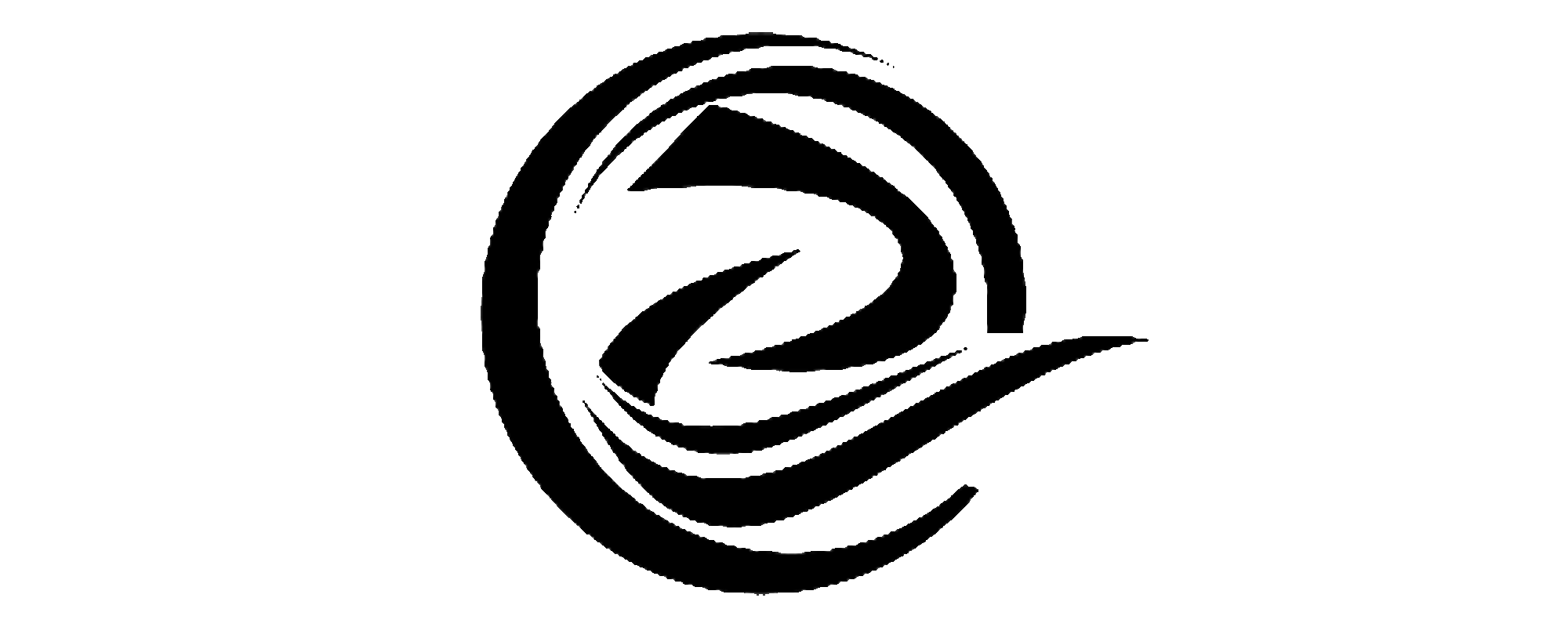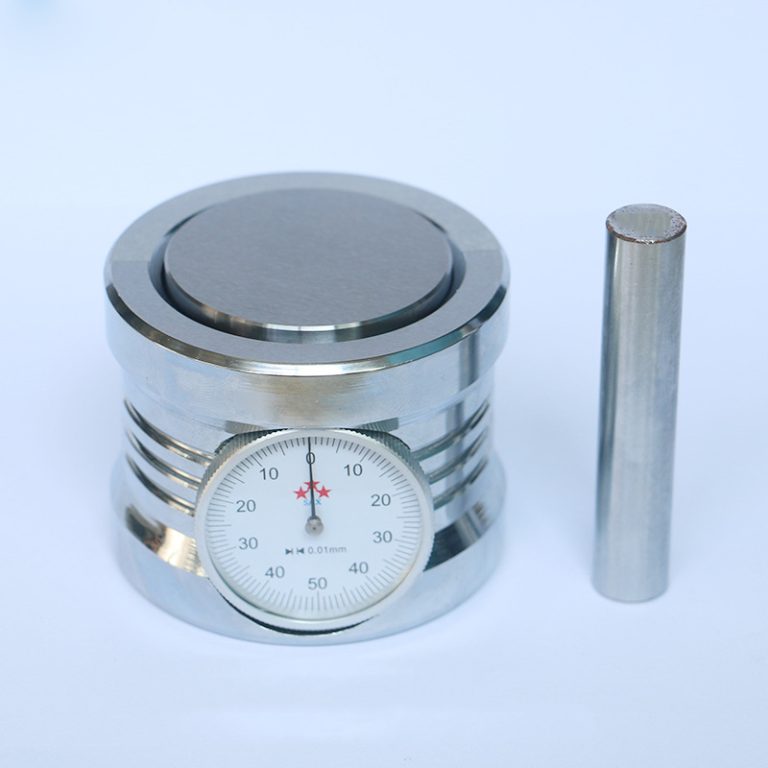X'inhi d-differenza bejn cutter tat-tħin u drill?
X'inhi d-differenza bejn cutter tat-tħin u drill?
Cutter tat-tħin: Cutter tat-tħin huwa għodda li ddur b'waħda jew aktar snien. Meta taħdem, Kull snien tas-sikkina jaqta 'l-allowance tal-biċċa tax-xogħol b'mod intermittenti min-naħa tiegħu. Cutters tat-tħin huma prinċipalment użati għall-ajruplani tal-magni, passi, Skanalaturi, forming surfaces and cutting off workpieces on milling machines. To ensure that a sufficiently high average chip thickness/feed per tooth is used, the correct number of milling cutter teeth for the operation must be determined.
Ġeneralment, milling cutters are divided into:
1. Flat-end milling cutter for rough milling, removing many blanks, and fine milling of small horizontal planes or contours.
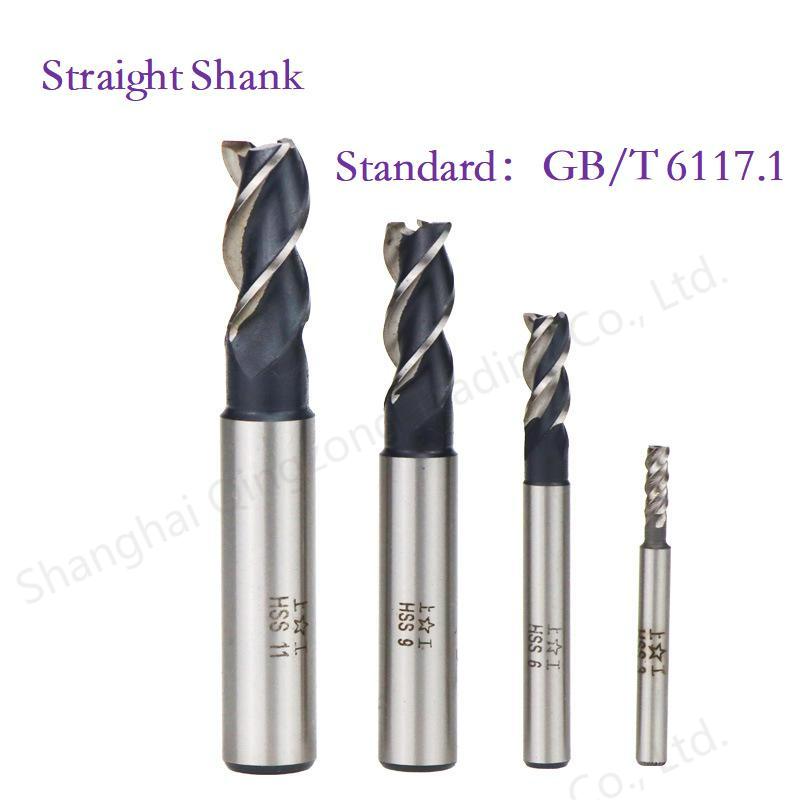
2. Ball end milling cutter, for semi-finishing and finishing milling of curved surfaces; small ball end milling cutter can finish milling of small chamfers on steep surfaces/straight walls and irregular contour surfaces.
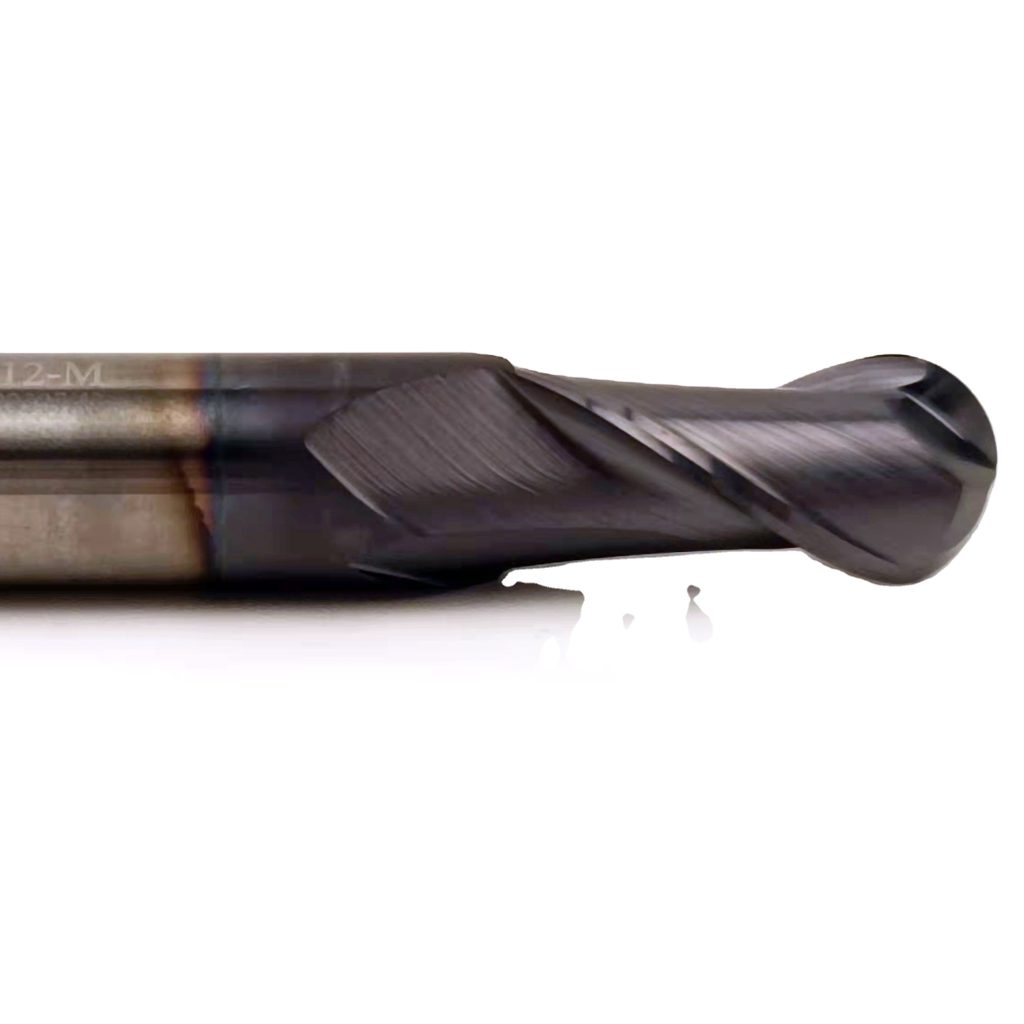
3. The flat-end milling cutter has a chamfer, which can be used for rough milling to remove many blanks and finely milled with small chamfers on flat surfaces (relative to steep surfaces).
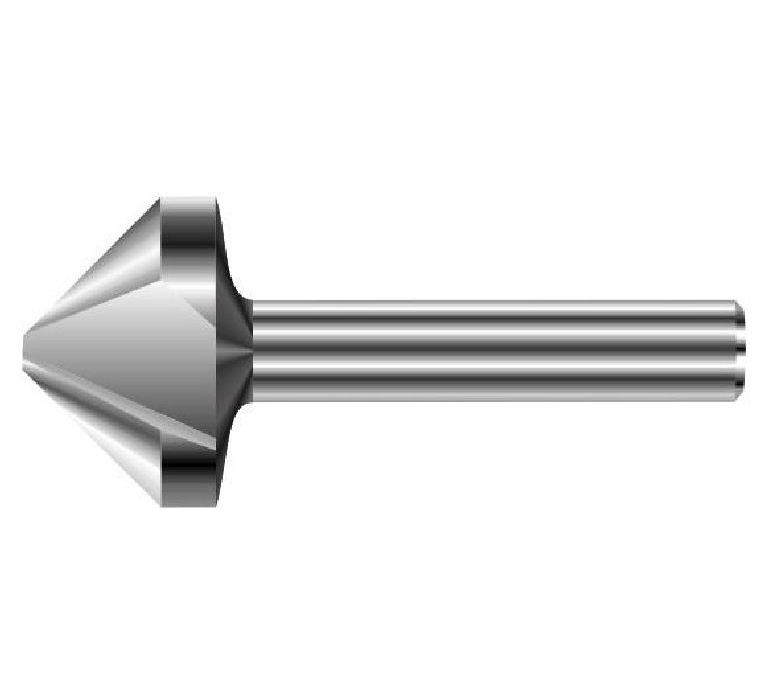
4. Forming milling cutters, including chamfering, T-shaped milling or drum-shaped, tooth-shaped, and inner R cutters.
5. Chamfering cutter, the shape of the chamfering cutter is the same as that of chamfering, divided into milling cutters with rounded chamfers and bevelled chamfers.
6. T-shaped knife can mill T-shaped slots.

7. Tooth cutter, milling out various tooth shapes, such as gears.
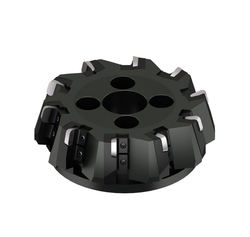
8. Rough leather knife, a rough milling cutter designed for aluminum-copper alloy cutting, can be processed quickly
